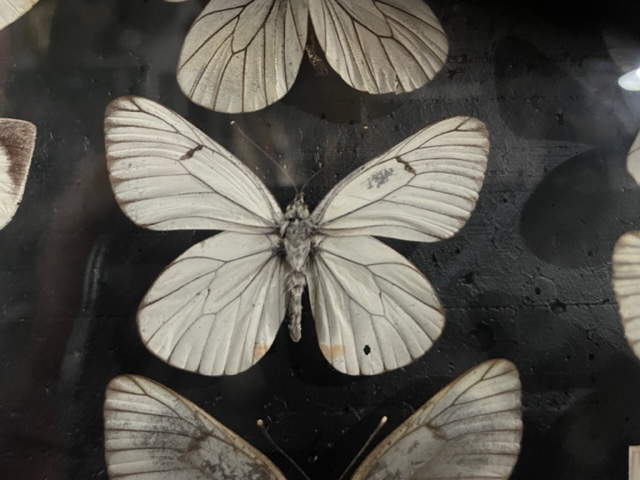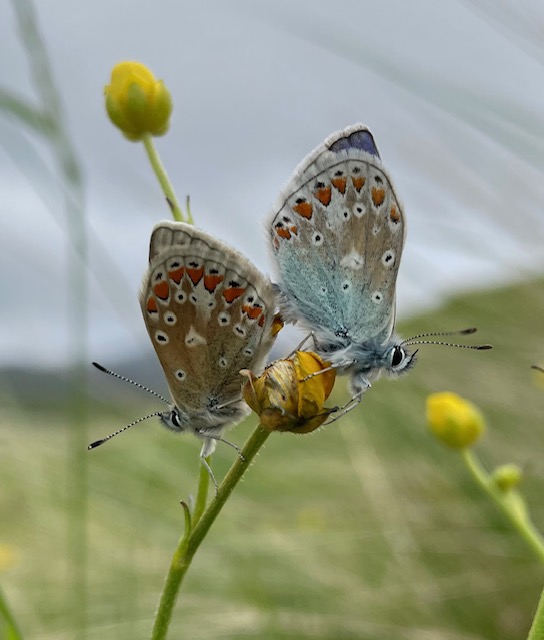Scope of Research
I have seemingly broad interests in evolution, ecology and development. However, underpinning this broad spectrum of sub-disciplines is a singular interest in origins and maintenance of biological diversity at multiple levels (genetic, phenotypic and the connection between the two or the genotype-to-phenotype map) and scales (populations, species)
Methodologically, we use genomic approaches, particularly population genomics and functional genomic approaches in observational studies. However, we are open to experimental approaches, where feasible, or through collaboration.
We are not restricted to working with any specific taxa, but current research does focus on invertebrates with an emphasis on butterflies.
Current Projects
Current projects in the lab focus around the biology of UK butterflies. Currently, there are two main strands to this research:
Extinction and Conservation Genomics - We use genomic data from museum samples of extirpated UK butterflies. We are interested in understanding if genomic data can reveal something about the regional extinction of these species. We complement our analysis of extirpated species, with the analyses of currently declining or stable/expanding species. All these species should share a similar demographic history over the last 10K years, but other, including ecological and life history traits, have influenced their fate after the colonisation of the British Isles. Large scale population genomic comparisons, of extirpated, declining and stable (or expanding) species should help shed some light on the factors influencing insect genetic diversity within the British Isles. Additionally, this work helps evaluate genomic erosion in species with differing ecology and population sizes, helping us understand how to make sense of conservation genomics for insects.
Reproductive manipulation by Wolbachia - Our work on the population genomics of Polyommatus icarus revealed patterns of Wolbachia (an obligate bacterial endosymbiont common in arthropods) infection which may be suggestive of reproductive manipulation. Current work on this project is involved in determining exactly which mode (if any) of Wolbachia-mediated reproductive manipulation may be at play in P. icarus populations of northern Scotland or the western Isles. Understanding the modes and mechanisms of reproductive manipulation by endosymbionts has applications for biocontrol of arthropod species classified as “pests”.



Colloborations
I routinely collaborate with ecologists or developmental biologists from the department of Biological and Medical Sciences at Oxford Brookes and beyond. Current collaborators include:
- Prof. Tim Shreeve, Oxford Brookes University, UK Butterfly population and conservation genpmics
- The Centre for Funtional Genomics at Oxford Brookes University
- Dr. Matt Bulbert, Oxford Brookes University, continental-scale adaptive radiation in feather-legged assassin bugs
- Dr. Marco Campera, Sustainable Agroforestry Group at Oxford Brookes University
- LepEU, continental-scale Lepidoptera population genomics
- Dr. James Hogan, Collections manager at OUMNH, museum genomics
- Geoff Martin, Senrior Curator for Lepidoptera, NHM, museum genomics